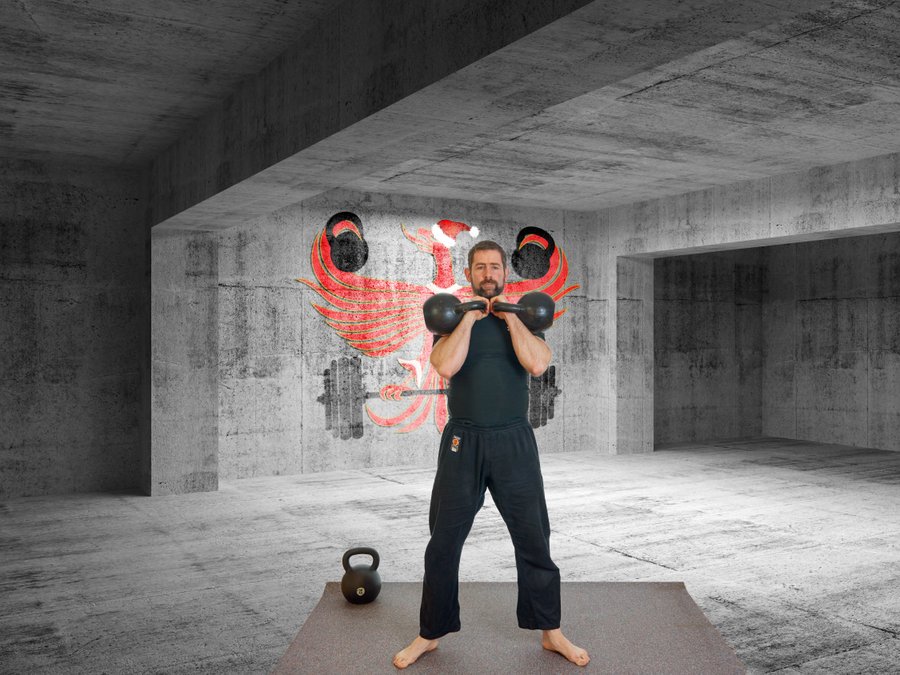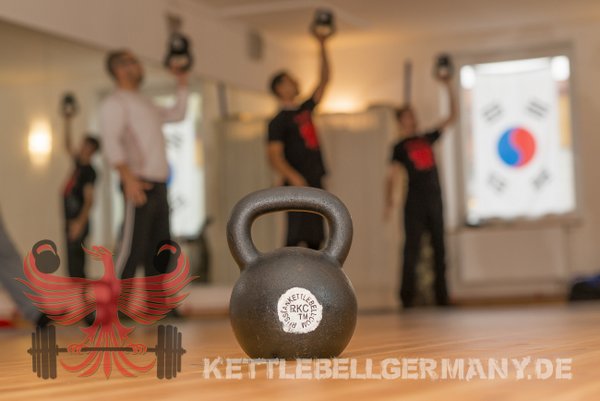
It is obvious that mental focus is a great asset to any athlete. If you see any high level athlete work his magic, one thing that they all have in common is the ability to get into the zone–to be 100% in the present with their mind on the task at hand. My grandmaster Son Jong Ho told me that if he performs his spectacular stone breaks with bare hands, his mind is focused 100% on the desired result. There is no room for doubt or distraction.
Often in interviews after a less than optimal performance, athletes will say that they simply lost their focus. I think we can all agree that mental focus is an indispensable skill for any athlete to learn. But why is it the same for trainers?
The Trainer’s Dilemma
Anybody who is actively training people knows the frustration of standing in the gym and watching a client performing an exercise with less than optimal technique. You have told him a dozen times how to do it right, but he simply does not get it.
In the RKC, we have detailed and tested teaching progressions to enable our students to get into the right feeling before actually performing the exercise. For instance do we teach the Hardstyle plank before the swing so our students can understand how a completely tensed body should feel.
But even with the best teaching progressions, beginners tend to get sloppy and lose their concentration. After you have shouted, “Tense your glutes!” for the fiftieth time, your students start to simply tune you out.
Your Secret Weapon
Here is your secret weapon… In the classical martial arts, where my origins lie, it is very common for a trainer not to explain the techniques during class. Some masters do not even talk while training their students. This approach has its drawbacks, but it supports the athletes in getting into the right mindset by simply copying what the master does. After training several years with my first Tae Kwon Do, teacher I became so in tune that I often knew the next exercise before we were finished with the current one–and no, my teacher did not do the same exercises every day.
You can use this mental connection with your client to help them perform on a higher level. You simply extend your mental focus to them. Please don’t take this as esoteric concept, I have used this technique both as a student and a teacher many times. Try it and see for yourself.
How To Make It Work
I cannot really explain how it works, but I can explain how you can make it work for you. First let’s have a look at the receiving end:
As a Student…
First pick a technique that you are already familiar with, but want to improve. Find somebody who is performing this technique at a significantly higher level than you and watch them perform. (It is helpful if that person’s body type is similar to yours.) You can even use YouTube for this experiment, but it is best if you can observe them in person. This is also why we expect our RKC candidates to pass a strict technique testing before we allow them to teach. 😉
While the person you are watching executes the lift, try to get the feeling of what he or she is feeling at this instant. Don’t go into too much detail or analyze, just take in the general picture. After you’ve seen the lift, grab a kettlebell that is suitable for you and try to reproduce the lift. Go by feel.
As a Trainer…
When you are watching a student perform a lift with only a minor flaw in his technique, let your mind lift with him or her. This is not telepathy. The student should have trained with you for a while, and already know the general execution of the exercise. Fixing the minor flaws in the execution of the exercise that are hard to describe make such a huge difference in the long run.
Avoid doing or mimicking the lift along with your client, just reproduce the same feeling of tension in your mind. If you do it right, you will feel your muscles activate as if you are actually moving. I have witnessed many students change their movement pattern instantly without me saying a word.

The Limitations of This Technique
This technique is not a magic trick. It can only be performed successfully when the following conditions are true:
- The trainer is highly skilled at the exercise.
- The trainer has a good ability to focus his mind.
- The student has known the trainer for some time and trust is established.
- The student has no physical limitations that prevent correct technique.
- The student has a basic understanding of the exercise at least.
It is no replacement for good teaching progressions like those taught at our HKC and RKC Certifications. But, this use of mental focus is a tool that can sometimes help to save you and your students a lot of frustration.
He writes a regular Blog at blog.kettlebellgermany.de and offers workshops all over Germany teaching the RKC Kettlebell exercises: KettlebellGermany.de.
If you have questions or comments on the article feel free to email him at florian@kettlebellgermany.de